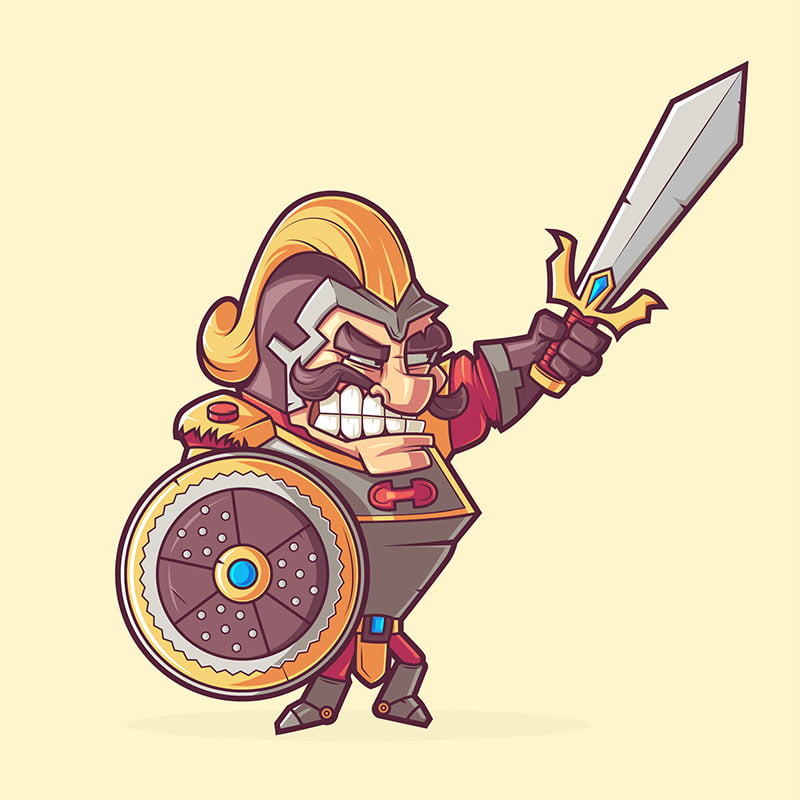NFTs, or non-fungible tokens, have taken the art and collectibles world by storm in recent years. These unique digital assets, which are stored on a blockchain, allow for the buying and selling of one-of-a-kind digital items such as artwork, music, videos, and more. The NFT marketplace has grown rapidly, with sales reaching over $2 billion in 2021, and is expected to continue to expand as more people become familiar with the technology.
One of the major advantages of NFTs is that they allow for the verification of ownership and authenticity of digital assets. Traditional digital art, such as a JPEG or MP3, can be easily copied and distributed, making it difficult for creators to control and profit from their work. NFTs, on the other hand, are unique and cannot be replicated, providing a way for creators to sell their work and for buyers to own a one-of-a-kind item. This has led to the rise of digital art and collectibles as a new asset class, with many artists and creators now selling their work as NFTs.
Another advantage of NFTs is that they allow for fractional ownership. This means that a digital asset can be divided into smaller pieces, allowing multiple people to own a piece of the asset. This opens up new possibilities for investment and crowdfunding, as multiple people can invest in a piece of art or other digital asset, and then share in the profits as the value of the asset increases.
The NFT marketplace has also seen a lot of innovation in recent years, with new platforms and marketplaces popping up to serve the growing demand. Some of the most popular platforms include OpenSea, Rarible, and SuperRare. These platforms offer a wide variety of NFTs for sale, from digital art and music to virtual real estate and gaming assets. Many of these platforms also offer features such as the ability to create and mint your own NFTs, as well as social features that allow users to discover new content and connect with other NFT enthusiasts.
One of the most exciting developments in the NFT marketplace is the use of NFTs in gaming. NFTs can be used to represent in-game items, such as weapons and armor, and allow players to own and trade these items as unique digital assets. This creates a new economy within the game, and allows players to profit from their in-game achievements. Some popular games that have integrated NFTs include Axie Infinity, Sorare, and The Sandbox.
Another area where NFTs are making an impact is in the music industry. Musicians and record labels are using NFTs to sell and distribute their music, as well as offer exclusive experiences and merchandise to fans. For example, Kings of Leon sold an NFT album, which include exclusive behind the scene footage, a live virtual concert and meet-and-greet with band members. This provides a new revenue stream for artists and allows fans to own a piece of the music they love.
While the NFT marketplace is still in its early stages, it is clear that it has the potential to revolutionize the way we buy and sell digital assets. It provides a way for creators to profit from their work, for buyers to own unique digital assets, and for investors to invest in a new asset class. The rise of NFTs has also led to a lot of innovation in various industries, such as gaming and music, and we can expect to see even more exciting developments in the future.
NFTs requires a significant amount of energy. This is because the process of minting and trading NFTs involves a lot of computational power, which is provided by the computers that make up the blockchain network. These computers need to perform complex mathematical calculations in order to validate transactions and mint new NFTs, which requires a lot of energy. Additionally, the storage and transfer of NFTs also requires energy.
Critics have also raised concerns about the potential for NFTs to be used for money laundering and other illegal activities. The anonymity of the blockchain makes it difficult to trace the ownership of NFTs, which could make it easier for criminals to launder money and evade detection. This is an issue that the regulators are currently grappling with, as they try to find a balance between the benefits of NFTs and the need to protect consumers and prevent illegal activities.
Despite these concerns, the NFT marketplace is continuing to grow and evolve. As the technology behind NFTs improves and becomes more energy efficient, the environmental impact of NFTs is expected to decrease. And as regulators continue to develop guidelines for the use of NFTs, the risk of illegal activities is also expected to decrease.
In summary, NFTs has shown to revolutionize the way we buy and sell digital assets, and open up new possibilities for creators and investors, but it’s crucial for the industry to address the concerns about energy consumption and illegal activities to ensure a sustainable future for NFTs.









